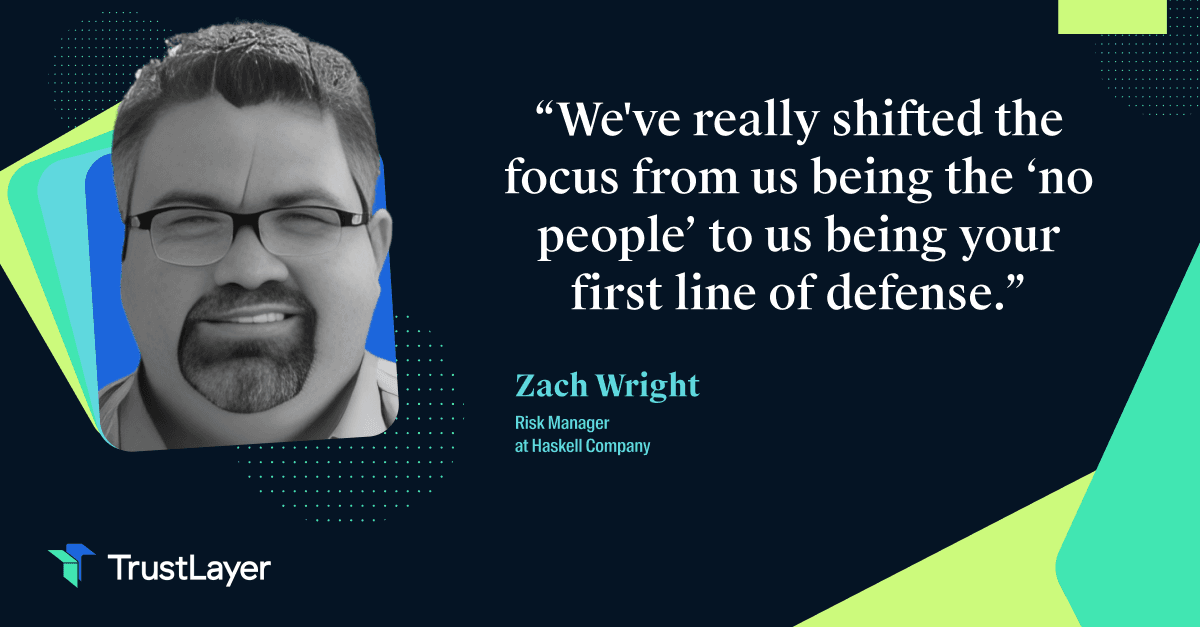Introduction
Navigating the world of third-party risk management can be a daunting task, especially for modern risk managers juggling various responsibilities. But fear not, we've got you covered! In this help article, we'll break down the process of managing third-party risk into simple, actionable steps that are both entertaining and informative. Let's dive in and explore how you can safeguard your organization from potential threats posed by external partners.
How to Manage Third-Party Risk Effectively
Effectively managing third-party risk is crucial for modern risk managers. By knowing your partners, categorizing and prioritizing risks, conducting thorough due diligence, establishing clear contracts, and continuously monitoring and reviewing relationships, you can safeguard your organization from potential threats. Don't forget to develop a comprehensive incident response plan to tackle any issues that may arise from third-party relationships, ensuring the security and success of your organization.
Step 1: Know Your Partners
Start by creating an inventory of all your third-party partners, including vendors, suppliers, and service providers. List their contact information, services provided, and any relevant contract details. This will help you maintain a comprehensive overview of your organization's third-party relationships.
Step 2: Categorize and Prioritize
Categorize your third-party partners based on the level of risk they pose to your organization. Consider factors like the type of data they handle, the criticality of the services they provide, and their potential impact on your business. Prioritize partners that pose the highest risk to ensure you're focusing your efforts where they're needed most.
Step 3: Assess Your Partners' Risk
Conduct risk assessments for each of your prioritized partners. Evaluate their financial stability, regulatory compliance, security policies, and overall reliability. Be sure to assess the effectiveness of their risk management practices and data protection measures.
Step 4: Conduct Thorough Due Diligence
When selecting new third-party partners, perform in-depth due diligence. Verify their certifications, assess their past performance, and check for any history of legal or regulatory violations. The more you know about your potential partners, the better equipped you'll be to manage the associated risks.
Step 5: Establish Clear Contracts
Create legally binding contracts with your third-party partners that outline the scope of the relationship, performance expectations, and liability clauses. Ensure that these contracts include provisions for data security, confidentiality, and regular audits or monitoring.
Step 6: Monitor and Review
Continuously monitor your third-party relationships to stay informed of any changes in their risk profiles. Track performance metrics, conduct regular audits, and maintain open lines of communication with your partners. Regularly review and update your risk assessments to ensure they remain accurate and relevant.
Step 7: Develop an Incident Response Plan
Create a comprehensive incident response plan to help your organization effectively respond to and mitigate issues arising from third-party relationships. Establish clear guidelines for reporting incidents, communicating with stakeholders, and defining the roles and responsibilities of all parties involved.
Conclusion
Managing third-party risk may seem challenging, but with our step-by-step guide, you'll be well on your way to mastering the art of TPRM. By knowing your partners, prioritizing risks, conducting thorough due diligence, establishing clear contracts, and continuously monitoring and reviewing your relationships, you'll be better equipped to safeguard your organization from potential threats. Remember, as a modern risk manager, staying proactive and adaptable is key to ensuring the security and success of your organization.








